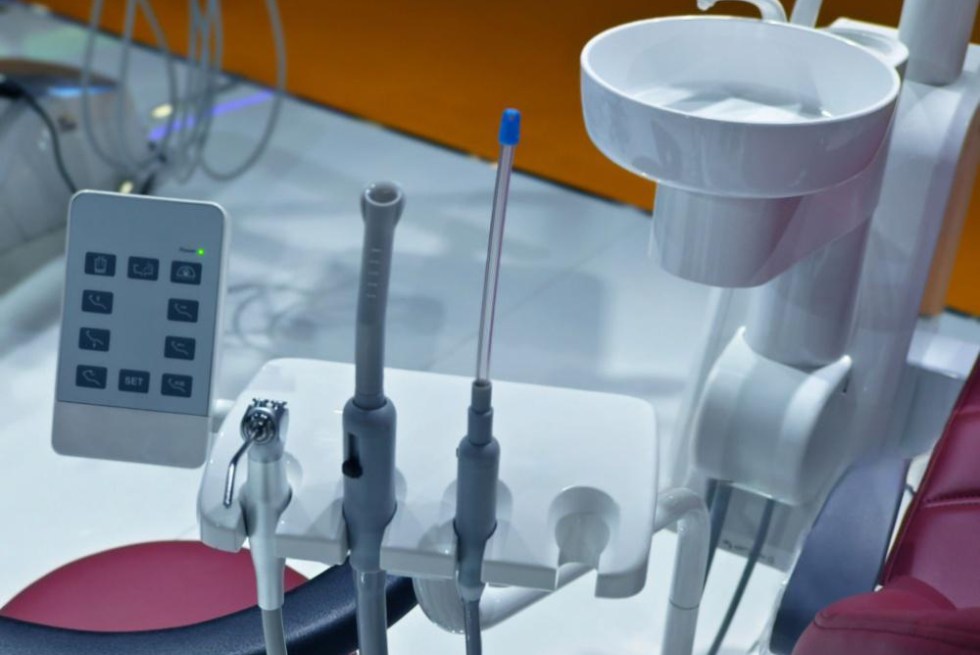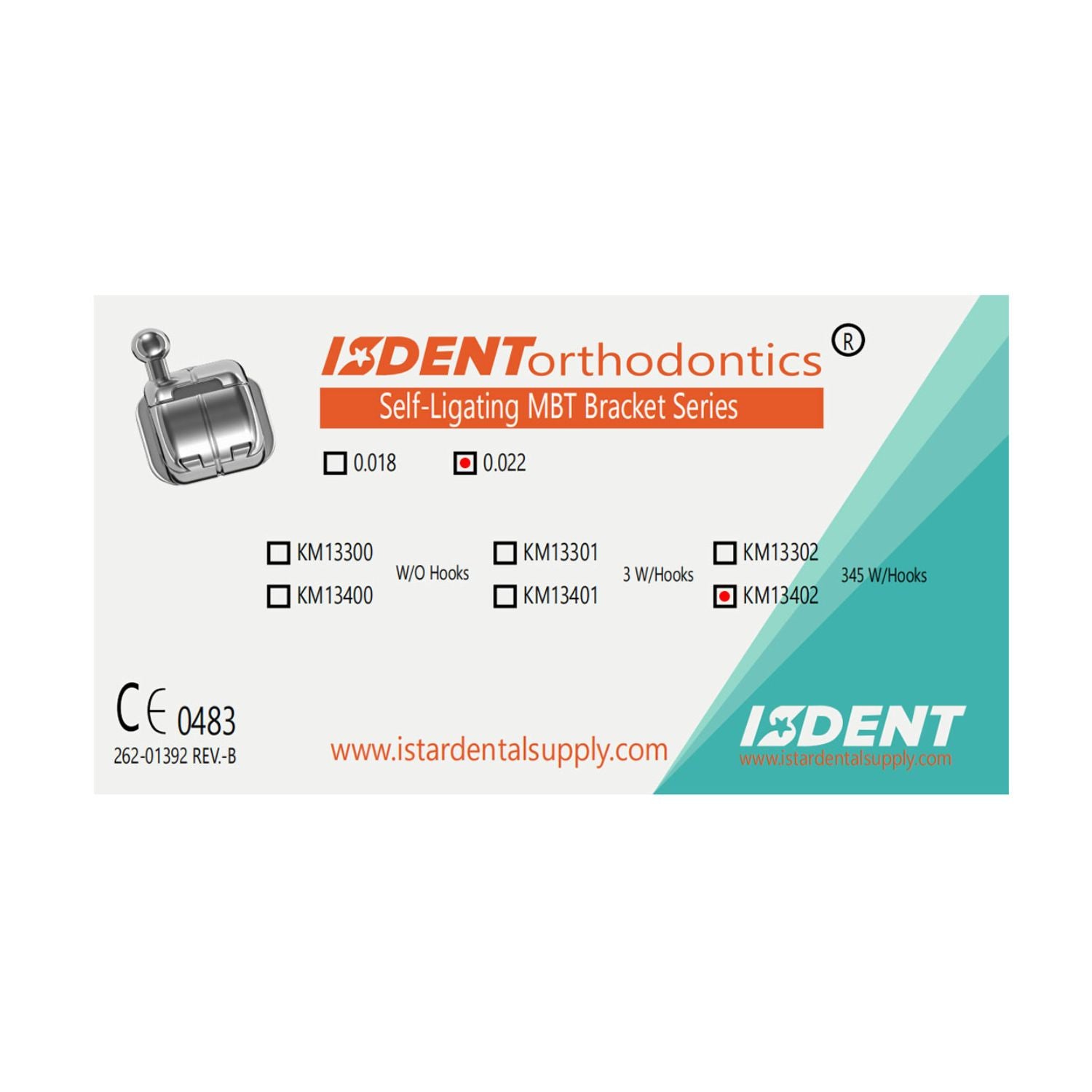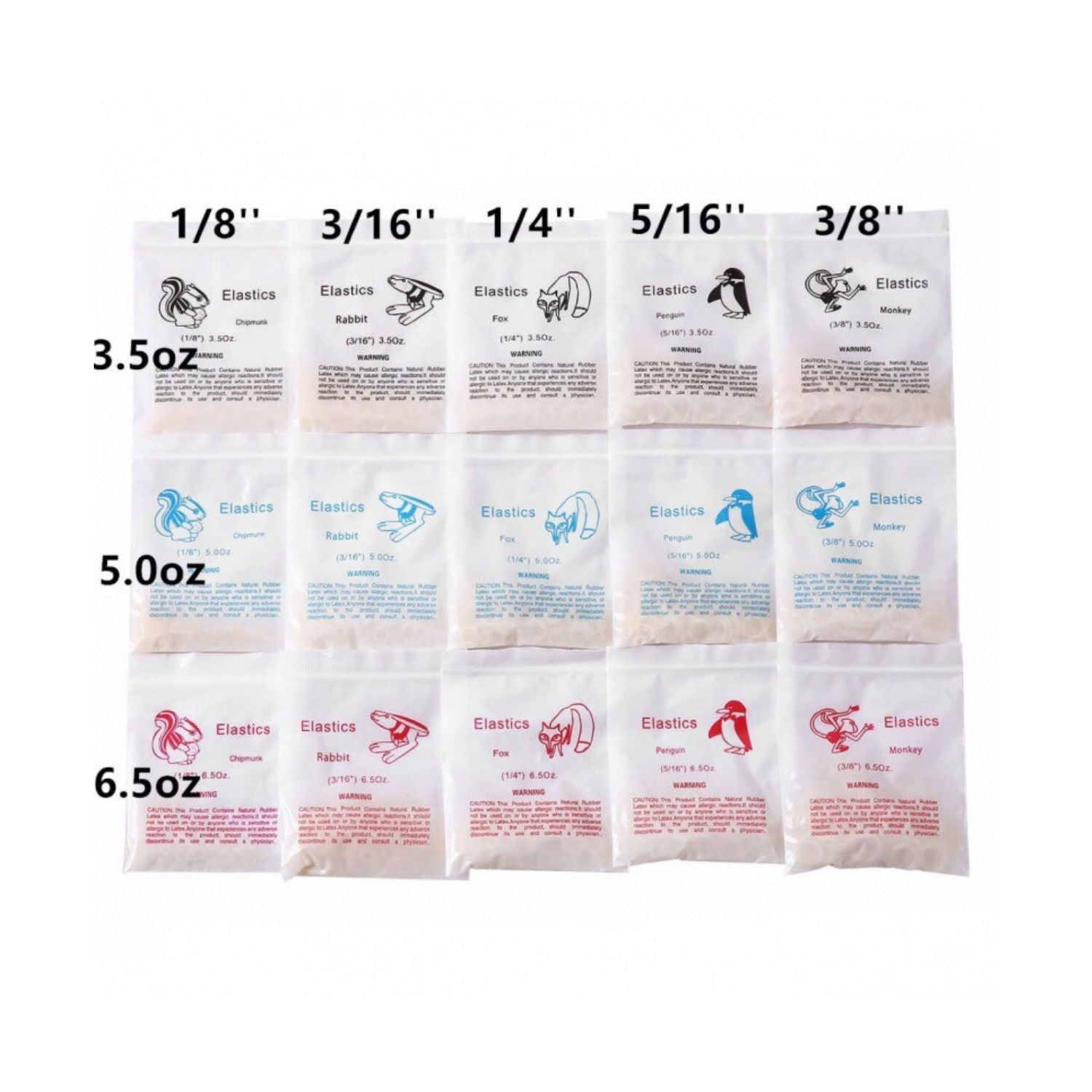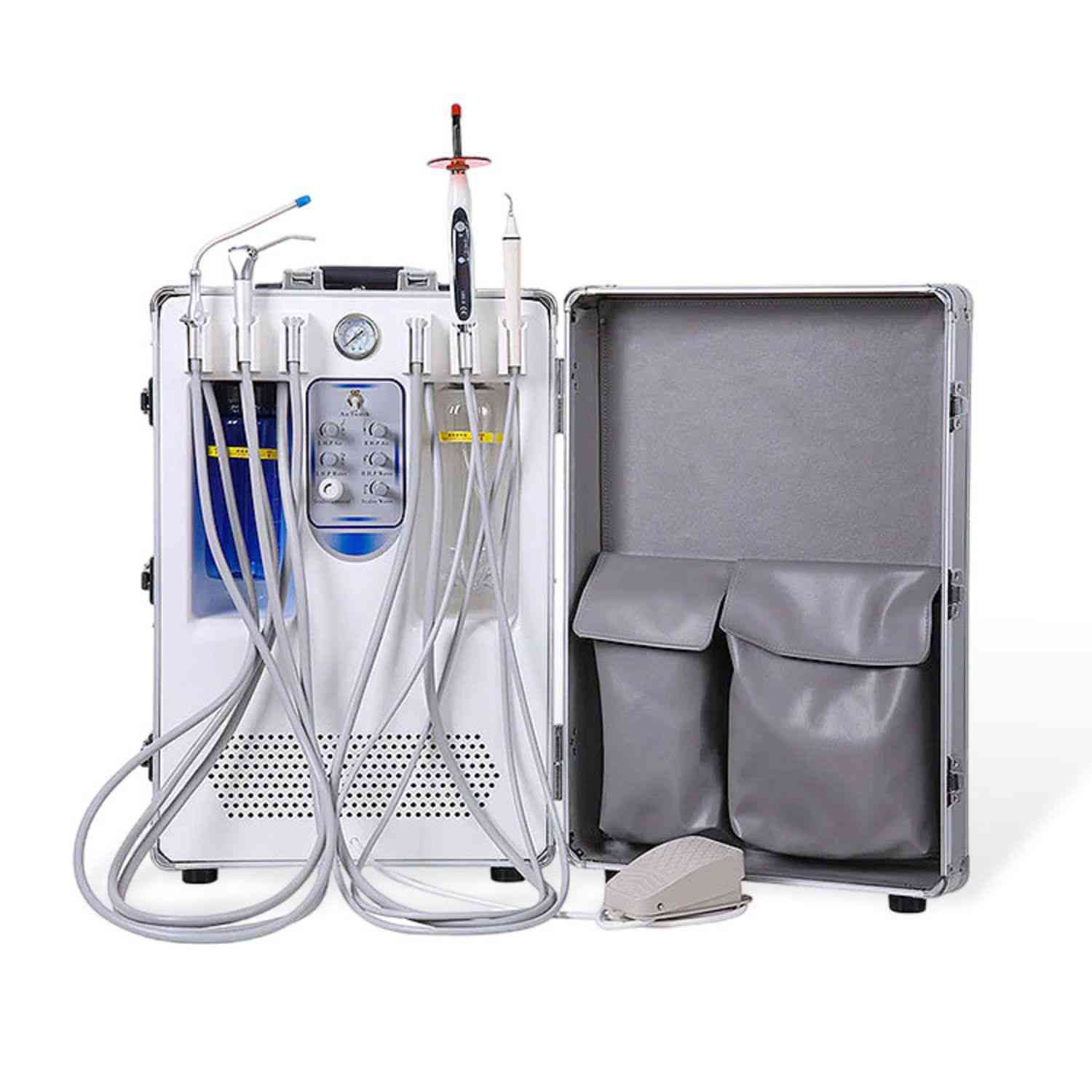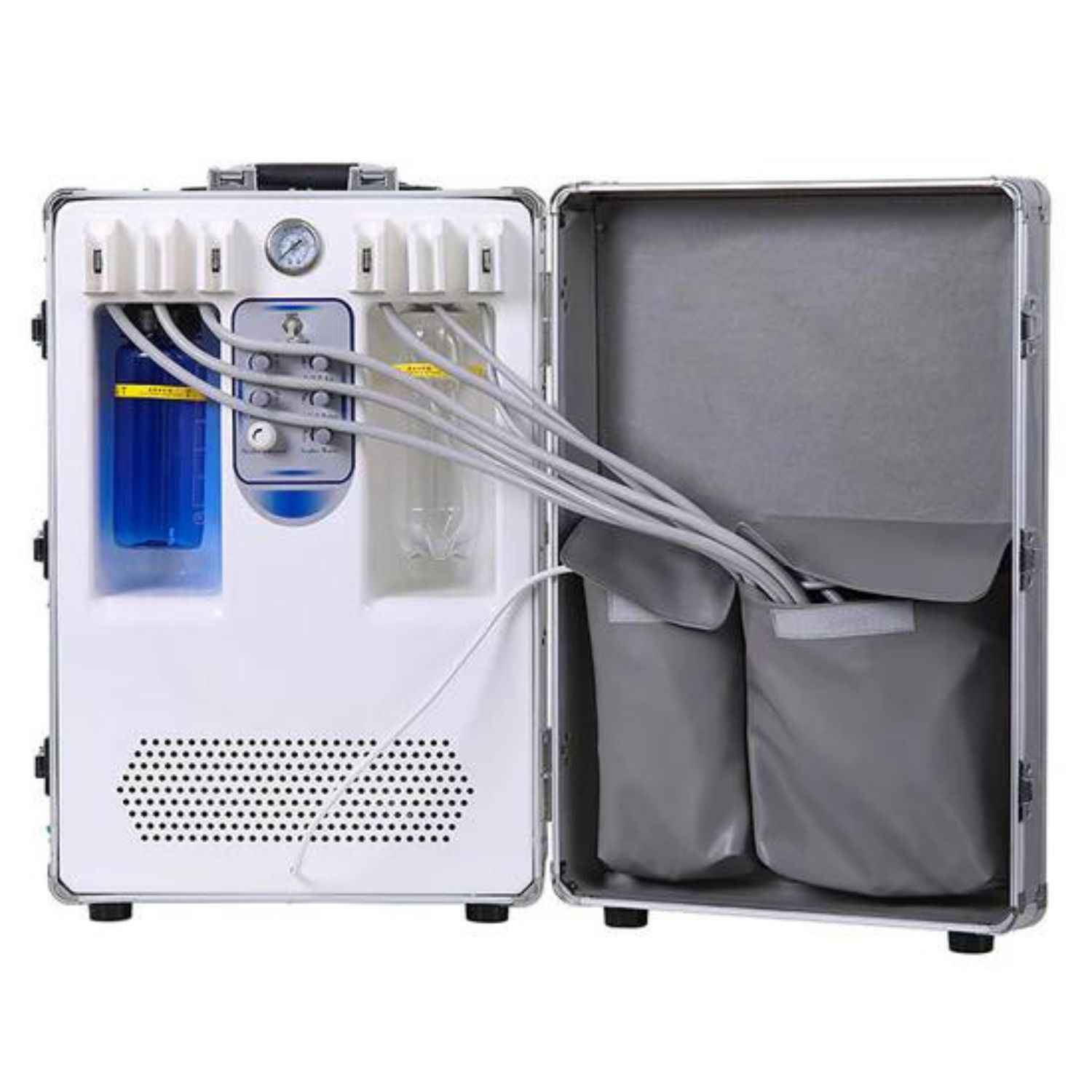Mastering Dental Suction: My Guide to the Best Dental Suction Techniques for Oral Surgery and Beyond
The best dental work depends on the small things. One of the most important small things is good suction. Proper dental suctioning is key to safety, speed, and patient comfort. It keeps the work area clear and prevents problems. This article is for every dental professional, from the new dental assistant to the seasoned dentist. You will learn how to choose the right tools and use the best dental suction techniques to make your work better and safer. This is a must-read for anyone in the dental field.
What Is Dental Suction and Why Is It So Important?
Dental suction is a critical tool in almost every dental procedure. It is the process of using a suction device to remove saliva, blood, water, and debris from a patient's mouth. Think about filling a cavity. The drill uses water to stay cool. Without powerful suction, that water would flood the mouth. It would be impossible for the dentist to see or work.
Good suction is not just for the dentist's vision. It is also vital for patient safety. It helps prevent aspiration, which is when a patient breathes fluid or objects into their lungs. This can cause serious health issues. A reliable suction system protects the patient’s airway. It removes excess saliva and debris before they can be swallowed or inhaled. In short, effective dental suction makes dental care safer and more efficient. Without good suction, even simple procedures could become dangerous.
How Does a Basic Dental Suction System Work?
Let me break down how a typical dental suction system works in the office. The heart of the system is a suction machine, often located in a utility room. This machine creates a vacuum. A network of pipes runs from this machine to every treatment room in the dental office. In each room, you have hoses connected to the system. The dental team attaches different tools, like a saliva ejector or a high-volume evacuator (HVE), to these hoses. The constant vacuum from the main motor provides the consistent suction needed for our work.
When a dentist or dental assistant places a suction tip in the patient’s mouth and uncovers the valve, the vacuum pulls air, water, and debris through the tip, into the hose, and through the pipes. The waste material is then collected and disposed of safely. Some modern dental suction systems even have a built-in amalgam separation feature to catch and recycle mercury fillings. This whole process gives us the powerful suction needed to keep the field of operation clean and dry, which is a must for good dental work. The efficiency of your suction depends on this system working perfectly.
What Are the Main Types of Suction Tips and Aspirators?
In my practice, we use a wide range of dental suction tools. The two most common are the saliva ejector and the high-volume evacuator, or HVE. The saliva ejector is the small, straw-like tool. It has a flexible tip and provides low-volume suction. We use it for routine procedures like cleanings and applying sealants. It's great for removing small amounts of saliva, but it is not strong enough for bigger jobs. It provides gentle suction that is comfortable for the patient.
The HVE is the real workhorse. It has a much wider opening and provides high-volume suction. We use this for procedures that create a lot of water and debris, like when we are drilling out a cavity or during oral surgery. These high-volume evacuators are designed to remove large volumes of fluid and particles quickly. There are many different types of HVE tips, including some made for specific areas of the mouth. Using the correct suction tip is a key part of good dental suction techniques. These aspirators are essential dental instruments for keeping the work area clear.
Are Wet or Dry Dental Suction Systems Better for My Practice?
Choosing the right suction system for your office is a big decision. Wet systems use water to help create the vacuum. A turbine spins and water flows through it, which creates the suction. These systems are known for their reliability and can handle a high volume of use from multiple treatment rooms at once. The downside is their higher water usage, which can increase utility bills.
Dry systems, on the other hand, use a motor and compressed air to create suction without water. This makes them more water-efficient. The initial investment might be higher, but they can save you money on water in the long run. Some practices use a hybrid model that gives you the best of both worlds. When choosing the right dental suction system for your office, you need to think about the size of your practice, your water costs, and the types of procedures you do most. The right choice will improve your operational efficiency.
How Can We Prevent a Patient from Choking with Proper Suction?
One of our biggest fears is a patient gagging or starting to choke. Proper use of suction is the best way to prevent this. During any procedure that uses water, like a routine cleaning, a steady stream of saliva can obstruct the back of the throat. Using a saliva ejector helps manage this. We place it carefully to collect pooling saliva and water. This simple step can greatly reduce the need to swallow and prevent the gag reflex from starting.
For more complex surgeries that produce a lot of debris, the high-volume evacuator is essential to prevent choking. The dental assistant must hold the HVE tip close to the tooth we are working on. This powerful suction captures water spray and tooth fragments before they can reach the patient’s airway. The right technique is to hold the tip just behind the tooth being worked on. This method provides the best suction and a clear field, which helps us quickly remove excess material and reduce the risk of choking.
What Role Does Suction Play in Airway Emergencies?
Airway emergencies are rare, but every dental team must be prepared. In these situations, your suction system is your first line of defense. If a patient inhales a piece of gauze, a filling, or any other object, it can block their airway. A powerful, high-volume suction can sometimes be used to retrieve the object if it is still visible in the back of the throat. This must be done very carefully by the dentist.
If a patient aspirates fluid, leading to coughing and breathing trouble, suction is used to quickly clear the airway. The goal is to remove as much fluid as possible from the mouth and throat to help the patient breathe. Having reliable suction is critical in these moments. This is why we check our dental equipment every single day. A strong, ready-to-go suction system can be the difference between a minor scare and one of the more serious complications. It is a key tool for managing airway emergencies.
How Do You Choose the Right Suction for Different Dental Procedures?
You wouldn't use a tiny screwdriver for a big job. The same idea applies to dental suction. Choosing the right suction for every procedure is a skill. For routine cleanings or orthodontics, a simple saliva ejector is usually enough. It handles the small amount of saliva and water from the air-water syringe without being too invasive for the patient. This helps maintain patient comfort during these longer, but less intensive, appointments.
For restorative work like fillings or crowns, you need more power. The high-speed drill creates a lot of spray. Here, we must use the high-volume suction of an HVE. For oral surgery, the need for powerful suction is even greater. We need to clear blood and irrigation fluid from the surgical site to see what we are doing. In these cases, we often use a special surgical suction tip, which is narrower and allows for more precise suction. Using the right suction ensures every dental procedure is done safely and effectively.
What Are the Best Suctioning Techniques for Dental Assistants?
Dental assistants are the second pair of hands, and their most important tool is the suction tip. A great assistant knows how to use suction not just to clear fluid, but also to help the dentist. One key technique is to use the HVE tip as a retractor. You can gently use it to hold back the patient’s tongue or cheek. This opens up the area and gives the dentist a better view. It takes practice to do this without causing discomfort.
Another important skill is anticipating the dentist’s moves. A good assistant watches where the air-water syringe is pointing and positions the suction to catch the spray before it goes everywhere. When the dentist is working on an upper tooth, the suction should be placed slightly behind it. For a lower tooth, the suction tip should be placed next to it. Learning these positions makes the whole procedure smoother. Great suctioning makes the dental team more efficient and is a sign of an expert assistant. To learn more, check out our advanced training resources for dental staff.
How Can Proper Suction Help in Ensuring Patient Comfort?
We often focus on the technical side of suction, but let's not forget the patient. Poor suctioning can cause a lot of patient anxiety. No one likes the feeling of drowning in their own saliva. Using consistent suction makes the patient feel more secure. It removes that pooling fluid and lets them relax. When a patient doesn't have to worry about swallowing or gagging, they are much calmer. This makes our job as the dentist much easier.
Ensuring patient comfort with suction means being gentle. The assistant should not rest the suction tip on the sensitive soft tissues at the back of the mouth. They should also be careful not to create a seal against the cheek or tongue, which can be startling and uncomfortable. A simple trick is to keep the edge of the HVE tip angled, so it never fully seals. Small things like this make a huge difference in the patient experience. Great dental care is about more than just teeth; it's about caring for the person in the chair.
How Do You Maintain Your Suction System for Top Performance?
A suction system is like a car; if you don't maintain it, it will fail when you need it most. Daily maintenance is a must for every dental practice. At the end of each day, we flush the lines with a special cleaning solution. This dissolves any debris that has built up inside the hoses and pipes. Without this daily cleaning, the lines will clog, and your suction will become weak.
Weekly and monthly checks are also important. We check all the traps and filters to make sure they are clean. A clogged filter can kill the power of your suction. We also check all the connections for leaks, as a small air leak can weaken the entire system. Following the manufacturer’s guide for your specific suction system is the best way to keep it running well. A little bit of care ensures you have powerful and reliable suction for every patient, every time. You can read more on how to maintain your dental equipment on our site. A well-maintained system is a core part of good infection control.
Key Takeaways to Remember:
-
Suction is Safety: Good dental suction is critical for preventing aspiration and choking. It protects the patient’s airway.
-
Use the Right Tool: Choose the right tool for the job. Use a saliva ejector for light work and a high-volume evacuator (HVE) for procedures that create lots of fluid and debris.
-
Technique Matters: Proper suctioning technique, like using the HVE to retract the cheek or tongue, improves visibility and efficiency for the entire dental team.
-
Patient Comfort is Key: Gentle and consistent suction helps reduce patient anxiety and makes for a much better experience.
-
Maintenance is a Must: Clean your suction lines daily and check your filters regularly. A well-maintained system provides the reliable, powerful suction you need for every single case.

